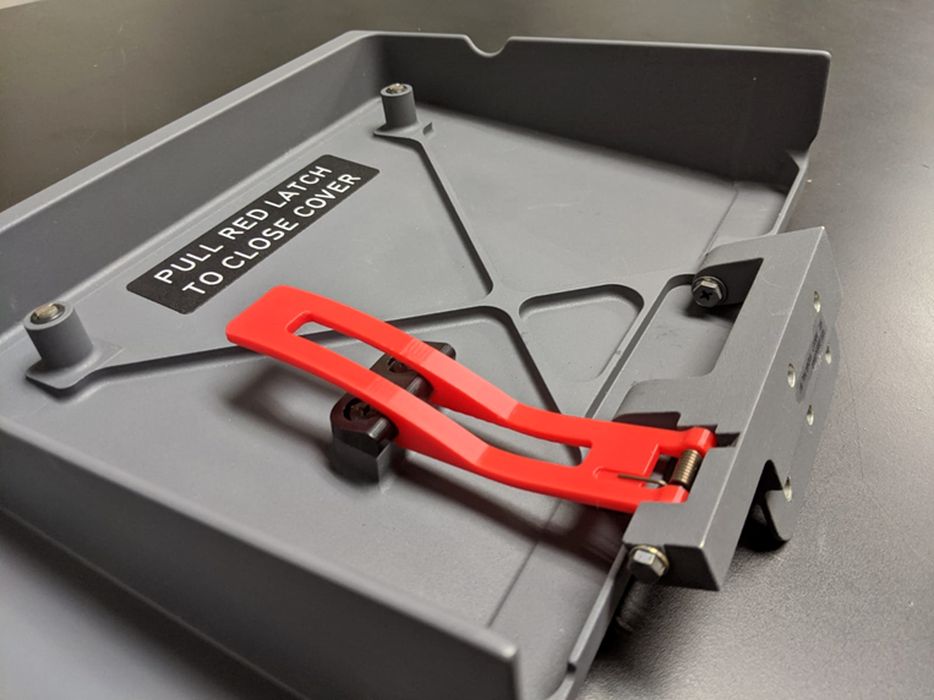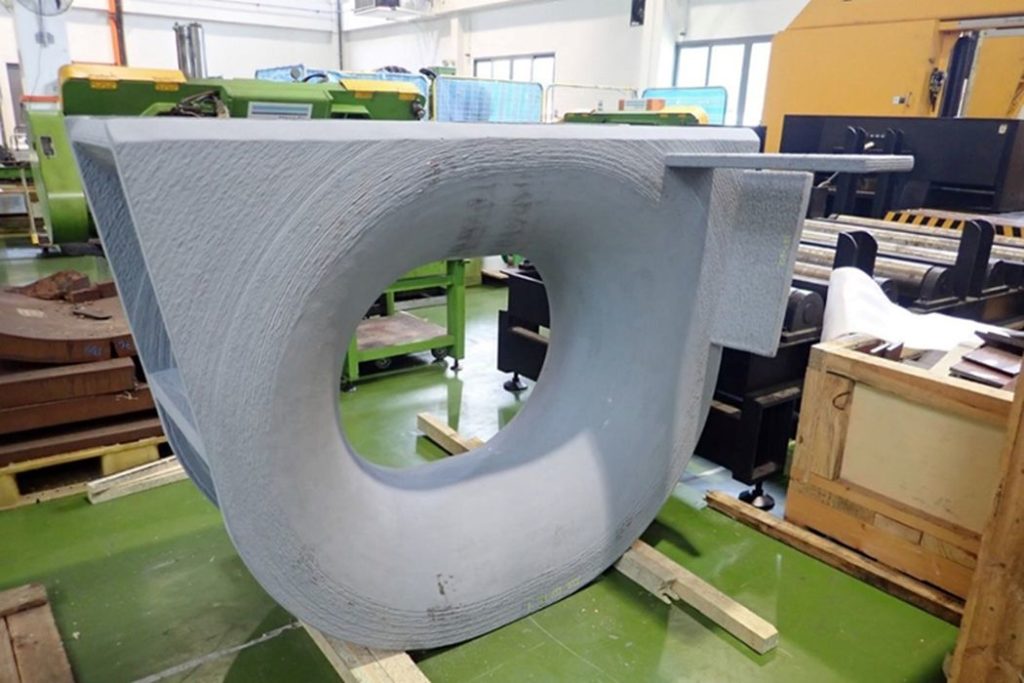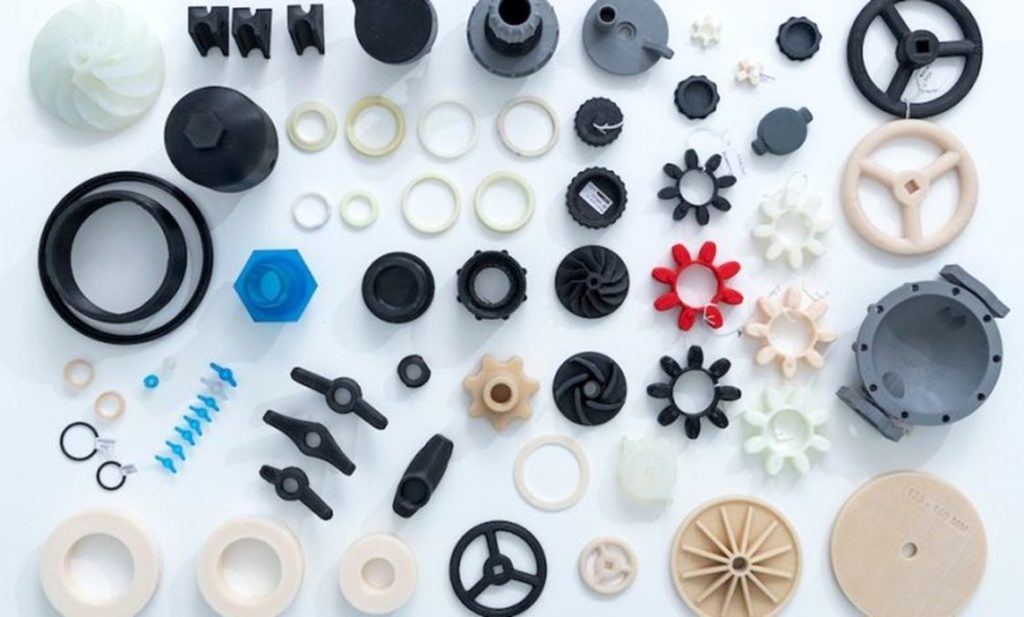
Charles R. Goulding and Preeti Sulibhavi look at the growth of 3D printing in Singapore.
For almost 30 years between the mid-1970s and 2005, like many multi-national corporate tax executives, I continuously compared the pros and cons of using Hong Kong vs Singapore for Asian business transactions. At that time, both jurisdictions had many positive attributes, and the final choice always came down to some specific business preferences. Now, at a time that China has clamped down on Hong Kong and President Biden has officially cautioned U.S. companies on doing business there, Singapore has become the epicenter of Asian 3D printing.

Singapore is home to 3D printing, especially in the areas of aerospace and consumer goods. In fact, there are numerous 3D printing online services that offer fast and reliable industry-grade 3D printing services, including prototype design, PCB design, and CNC machining. Some top names include Creatz3D, additive3Dasia.com, Zelta 3D and 3D Print Singapore.
Singapore is also replete with 3D printing for shipping. Revolutionizing maritime supply chains by utilizing 3D printing for shipping industry spare parts, Singapore has changed the game for ship managers, global cruise lines, and marine vessels. Wilhelmsen Marine Products’ division to utilize on-demand 3D printing and additive manufacturing using Ivaldi Group tech has many companies signing on.
Singapore-based Keppel Technology & Innovation (KTI) has 3D printed a deck-mounted type Panama Chock (SWL150Ton) that happens to be verified by DNV’s Global Additive Manufacturing Technology Centre of Excellence in Singapore. As part of the process, a 1,450 kg Panama Chock was designed and produced to meet international standards and KTI’s project-specific material specifications.
“It’s pleasing to see further advances within the offshore and marine industry with this development for the world’s largest 3D printed shipboard fitting. Creating trust is critical for the acceptance of 3D printed parts and DNV’s certificate plays an important role in ensuring that this is the case” said Brice Le Gallo, Regional Director, Asia Pacific Energy Systems at DNV.

“The savings from reduced cost, time and environmental footprint provided by 3D printing, digital inventory and on-demand localized manufacturing of maritime spare parts is a tremendous opportunity for our valued subscribers to be ahead of their rivals,” said Hakon Ellekjaer, Wilhelmsen’s Head of Venture, 3D Printing, adding, “We believe on-demand manufacturing technologies are going to completely reshape the maritime supply chain.”

This combined with Tytus3D participating in a Joint Industry Project (JIP) on maritime 3D printing in Singapore, has left Singapore with the title of 3D printed shipping parts capital of the world. A total of 11 different projects will share a total of S$1.625 million in funds awarded by the Maritime and Port Authority of Singapore (MPA) under the Maritime Innovation and Technology (MINT) Fund.
Especially now, with the unbounded recovery, Singapore is experiencing, 3D printing is relevant now more than ever.
The Research & Development Tax Credit
The now permanent Research and Development (R&D) Tax Credit is available for companies developing new or improved products, processes and/or software.
3D printing can help boost a company’s R&D Tax Credits. Wages for technical employees creating, testing and revising 3D printed prototypes can be included as a percentage of eligible time spent for the R&D Tax Credit. Similarly, when used as a method of improving a process, time spent integrating 3D printing hardware and software counts as an eligible activity. Lastly, when used for modeling and preproduction, the costs of filaments consumed during the development process may also be recovered.
Whether it is used for creating and testing prototypes or for final production, 3D printing is a great indicator that R&D Credit eligible activities are taking place. Companies implementing this technology at any point should consider taking advantage of R&D Tax Credits.
Conclusion
Singapore is a very popular destination spot. As it announces quarantine-free travel with much of Europe, Singapore is revving up for a recovery. It has become a 3D printing hot spot as well. The industry is now burgeoning as the economy reopens.

